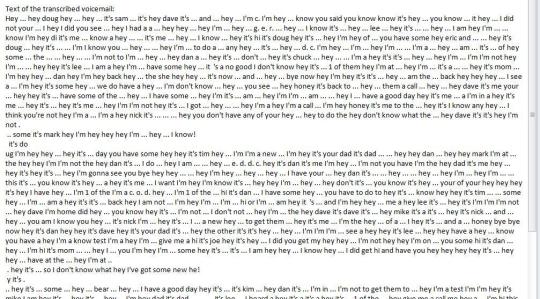Link
"The demand for clarity and simplicity that might be best fulfilled in the format of the blog or the tweet is also a demand not to waste time. Time is a scarce quantity – you have only seconds or at best minutes to capture another’s attention, and it behooves you to ease them from one sentence to another. Time moves too quickly – you cannot tweet articles from three weeks ago, one academic tweeter scoffs, and be imagined relevant. The future is always now. There is value in being able to respond quickly to an object or event that (to evoke Walter Benjamin) flashes before you in a moment of controversy or crisis. Such an emphasis captures the transience of consciousness under capital, but does it also apprehend its deep structures?"
0 notes
Link
"There's this beautifully inspiring example from another paradigm shift, articulated by Oscar Tuazon in his contribution to castillo/corrales' Social Life of the Book series, "Making Books" (2011). Tuazon wrote, "Painting started to get really interesting at about the time photography came along." So—why has the opposite been true with print design, in the age of the internet? Sure, I come across new and beautiful print pieces now and then. But for the most part it's generally bringing me down. Nothing as magical going on, I'm afraid, as the dawn of Modern Art, when photography took over the heavy lifting of image-making, and painting was free to soar. Instead, what we have is a desperate race to the bottom."
0 notes
Link
on choice/free will/consent/agency in video games http://t.co/bIY4jqE3LE was a little moved by this
0 notes
Link
Zebra mussels travel from Russia to the Great Lakes in the holds of cargo ships. Exporters are stricken with invasive lifeforms from the regions they sell to.
1 note
·
View note
Link
A list of different imagined oceanic utopias.
1 note
·
View note
Photo

This Lie-Detecting Throat Tattoo Is Google’s Creepiest Patent Yet - Alexis C. Madrigal - The Atlantic
Google has patented a new possible solution to the age old problem of talking with each in loud places: “Communication can be reasonably improved” by the application of an electronic throat tattoo, which could dampen “acoustic noise.” […]
"Optionally, the electronic skin tattoo can further include a galvanic skin response detector to detect skin resistance of a user," the patent reads. "It is contemplated that a user that may be nervous or engaging in speaking falsehoods may exhibit different galvanic skin response than a more confident, truth telling individual."
64 notes
·
View notes
Photo

Twitter / EJ_Brennan: ”A fax machine called my #twilio voice number, this is how @twilio transcribed it….” (via Cameron B.)
78 notes
·
View notes
Photo

3D Maps Minus 3D by Clement Valla
"3D-Maps-Minus-3D allows you to browse one of the major online satellite 3D-maps, but with all of the 3D-information removed. What’s left is texture maps: two-dimensional images used by computer software to add color information to the 3D model. We know these texture maps from seeing them wrapped around the 3D models of buildings, roads, skyscrapers, trees, hills, and topography. Here they are presented as is— flat 2D images— as they exist before they are parsed by the computer to produce the illusion of 3D space."
"It is likely that most of these images created by the mapping apparatus will never be seen by a human. Soon, more of these images will be created by all kinds of apparatuses—for mapping, for making video games, for digitizing objects in museums, for producing 3D printable objects—than were ever created by human hands. The vast majority of these images will never be seen by humans. If that is the case, there is a possibility that these are not images anymore. If an image is not read by a human, can it still be called an image?"
80 notes
·
View notes